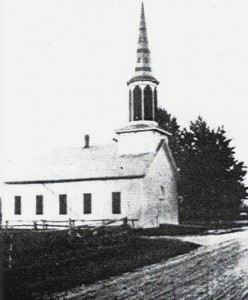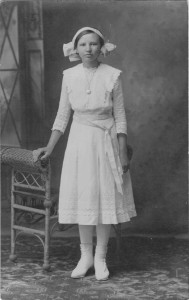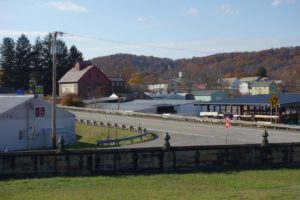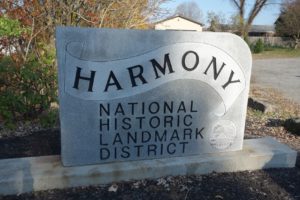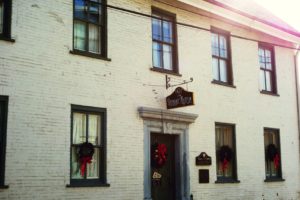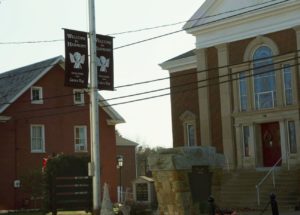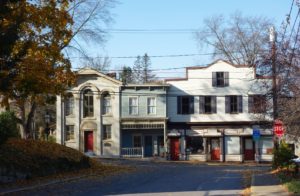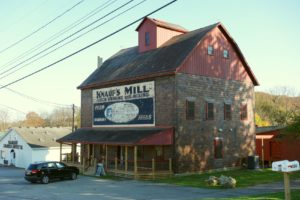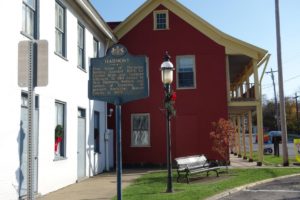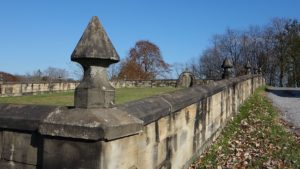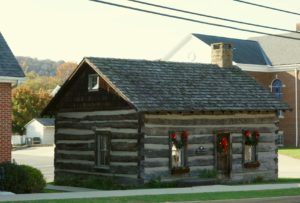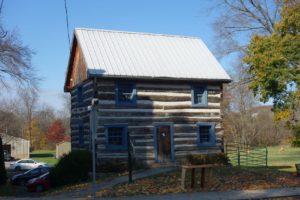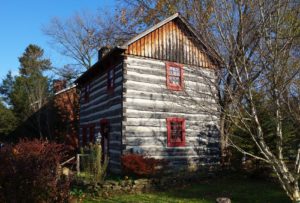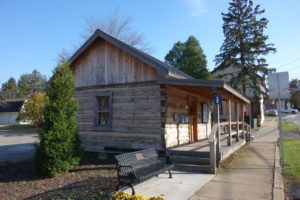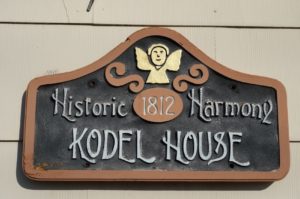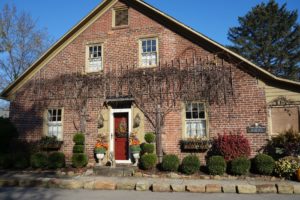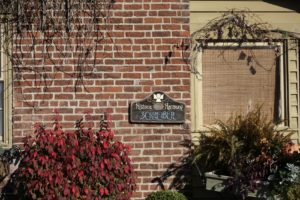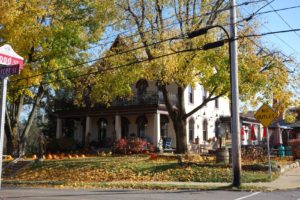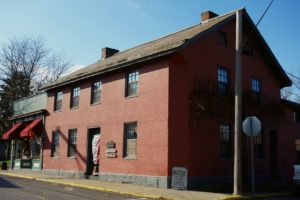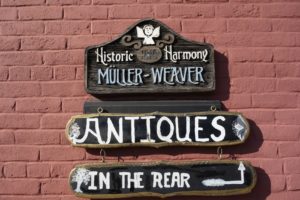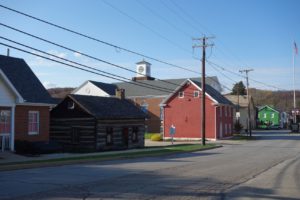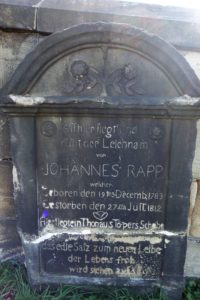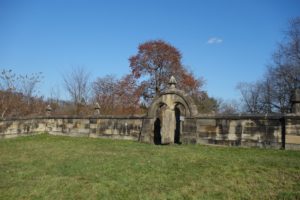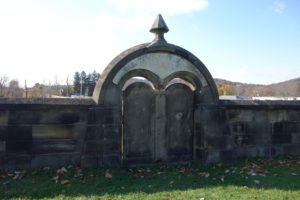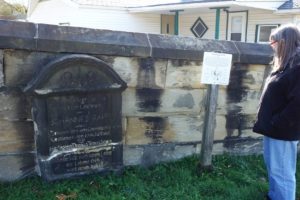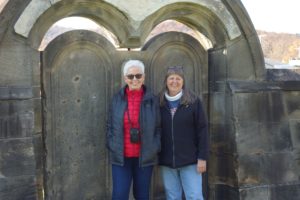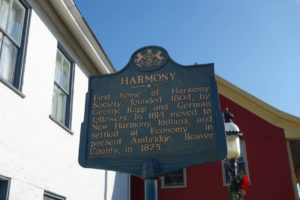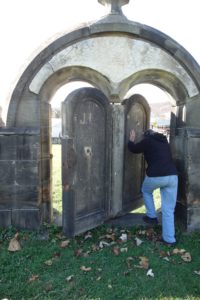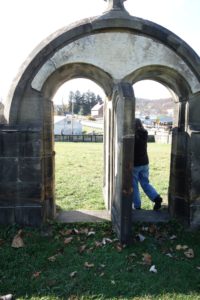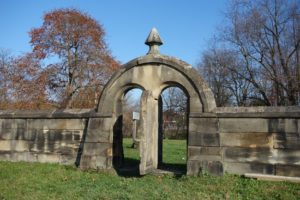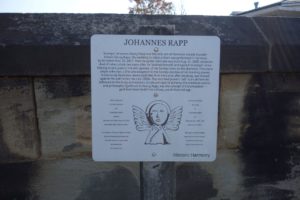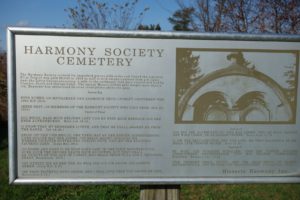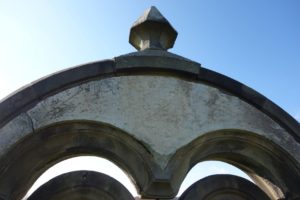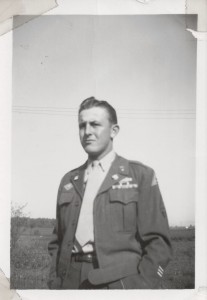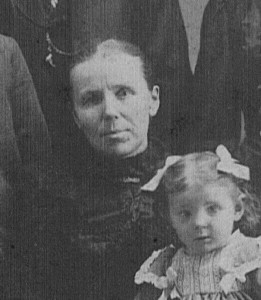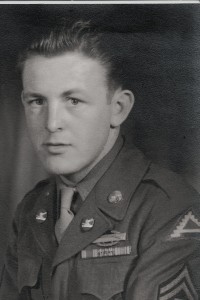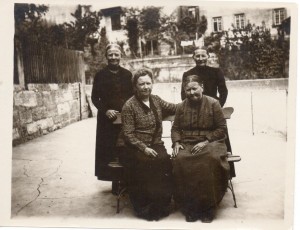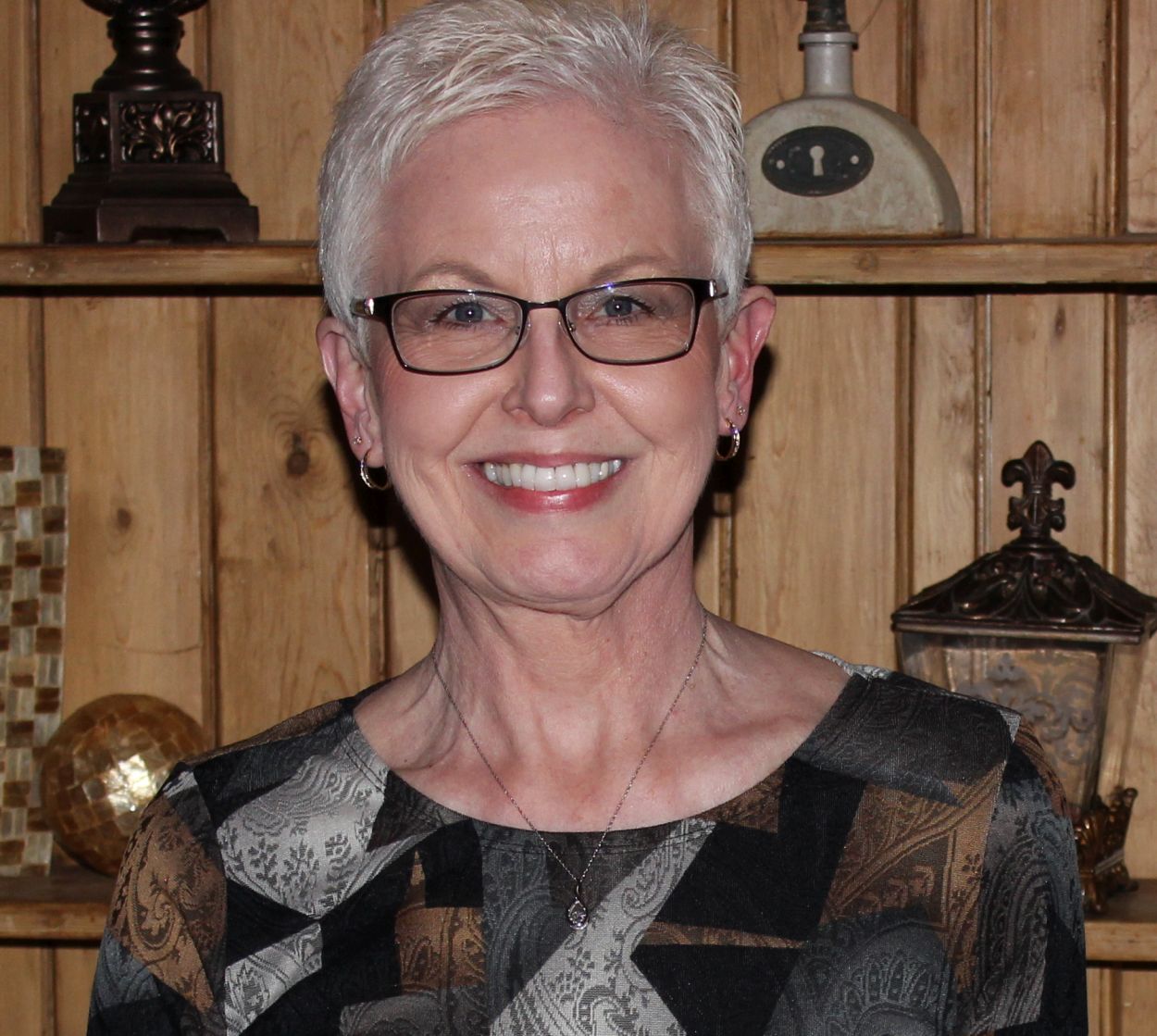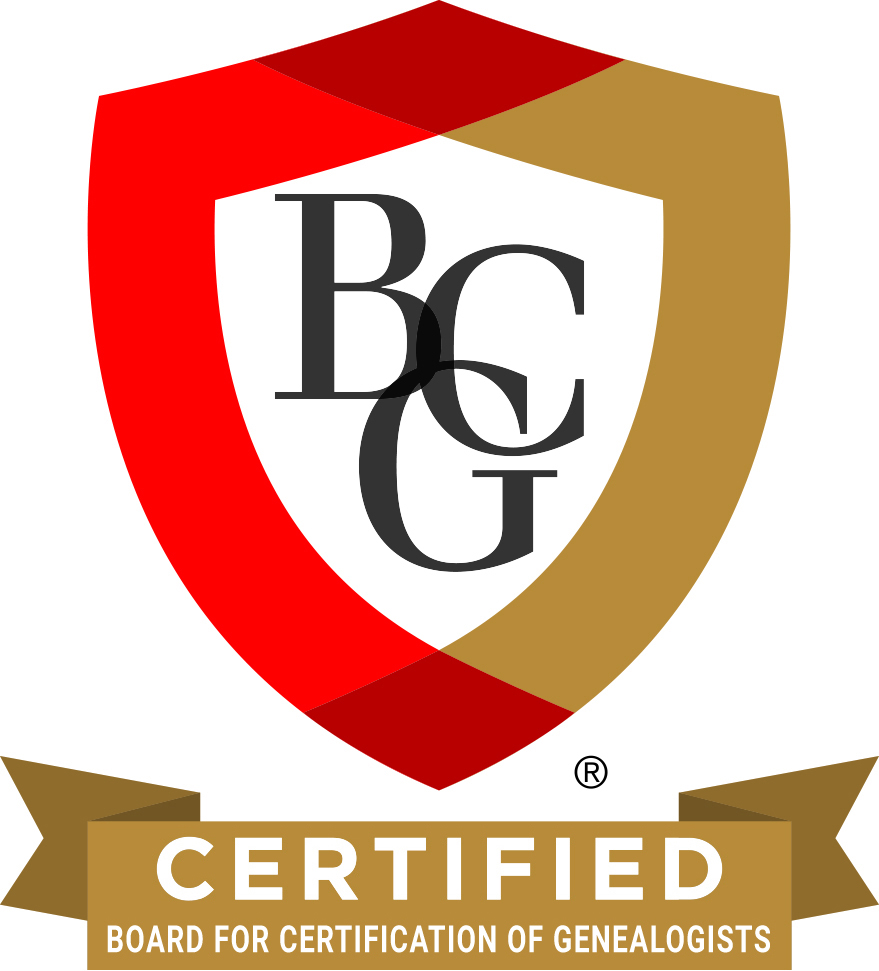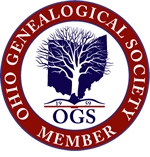Recently I was thrilled to get a digital copy of an old Zion Chatt confirmation photo that I had not seen before, thanks to Tom and Deb Reichard. They found this confirmation photo recently while going through some of Betty (Weinman) Reichard’s photos. Betty, Tom’s mother, passed away a few weeks ago.
The photo is of the 1915 confirmation class of Zion Lutheran Church, Chattanooga, Ohio. Tom and Deb were able to identify one person in the photo, Tom’s grandmother Anna Grauberger. Back then the Graubergers lived a little north of Chatt and attended Zion Chatt. Tom and Deb put two and two together and make the connection to the church.
I was very excited that Deb sent me a copy of this photo because I had not seen this photo before. I recognized the minister Rev. W.F.H. Heuer right away, from other photos I have seen of him. The church records give the names of all the individuals.
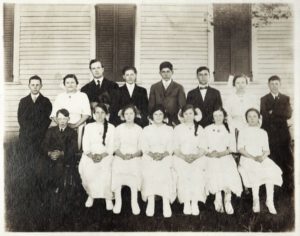
1915 Confirmation class, Zion Lutheran Church, Chattanooga, Ohio. Anna Grauberger, back row, second from right side; Marguerite Verla Heffner, front row, third from left. (Photo courtesy of Tom & Deb Reichard)
The names of those in the confirmation class of 1915:
Samuel Ludwig Allmandinger, Otis LeRoy Becher, Roman Edward Huffman, Nora Lucile Huffman, Hulda Matilda Kessler, Marguerite Verla Heffner, Ernst Henry Becher, Oscar Samuel LeRoy Becher, Emil Friedrich Brandt, Margarethe Martha Brandt, Leona Louisa Becher, Anna Marie Grauberger, Ida Hoehamer, and Frieda Ida Becher.
The class was confirmed 30 May 1915. You can see Rev. Heuer is holding a book with a cross on it, probably a Bible or hymnal. They may be standing in front of the old frame church, which would still have been in use at that time.
Back in 2005, when Zion Chatt celebrated its 150th anniversary, we gathered as many old confirmation photos as we could find. But we did not have this one!
I have all the names of those who were in that 1915 confirmation class photo, but I can only match the names with two individuals in the photo—the minister, Rev. Heuer, and Anna Grauberger, second from the right in the back row.
Anna Grauberger (1900-1942) was the daughter of Henry and Emma (Baker) Grauberger. Anna Grauberger married John Reichard and they had one son, Eugene Reichard, who married Betty Weinman. Eugene and Betty were Tom’s parents. Anna (Grauberger) Reichard is buried in Zion Chatt’s cemetery. [1]
You can certainly identify Anna Grauberger in the group photo when you see her individual confirmation photo:
Unfortunately I cannot match the names to the rest of the individuals. If anyone has seen this photo before and can put a name to a face in the photo, I would appreciate hearing from you. Maybe someone notices a certain family resemblance. It is always nice to be able to identify people in a photo, but so often that becomes nearly impossible as time passes.
At least we have all the names of the confirmands.
What a find and how exciting to see this old photo! Thank you, Tom and Deb!
Note: since I first posted this photo, a couple more people in the photo have been identified. Front row (seated), left to right: first girl is Frieda Becher; third girl is Marguerite Verla Heffner (married a Roebuck); fourth girl is Leona Becher. Thank you for helping to identify these people!
[1] “Tombstone Tuesday—Anna M. (Grauberger) Reichard,” 15 Jul 2014, Karen’s Chatt, (www.karenmillerbennett.com).

